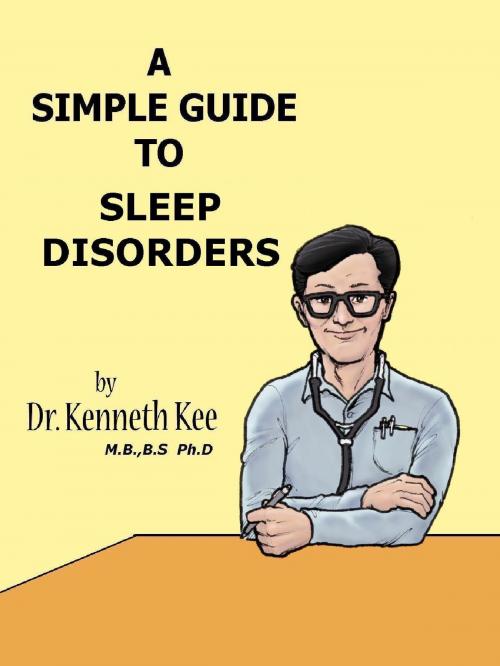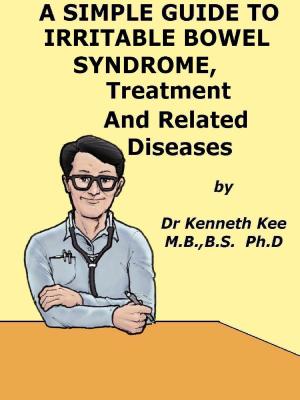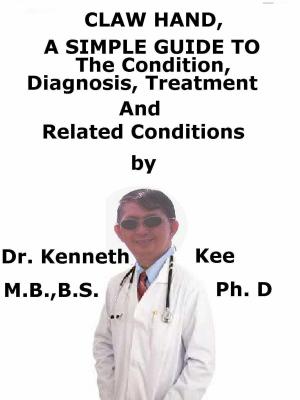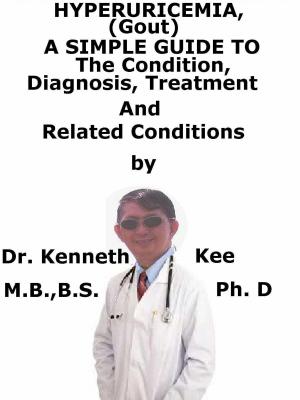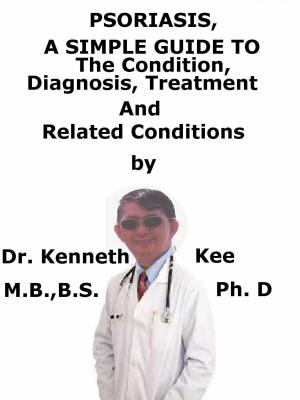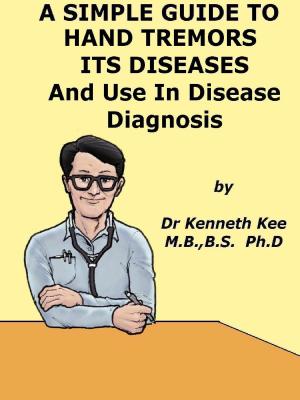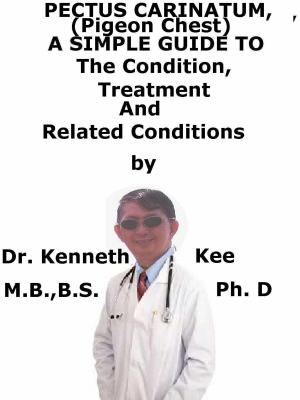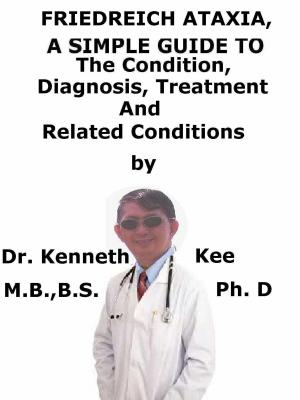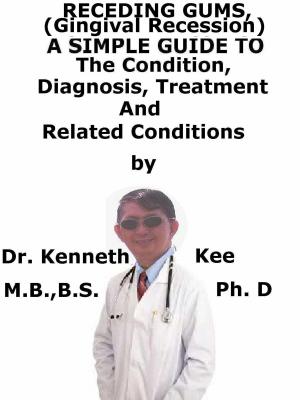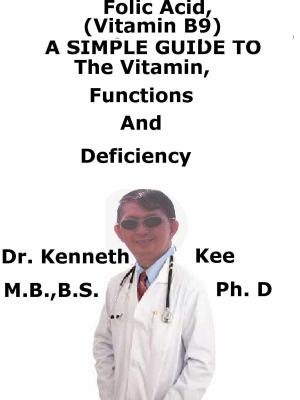| Author: | Kenneth Kee | ISBN: | 9781301258413 |
| Publisher: | Kenneth Kee | Publication: | November 12, 2012 |
| Imprint: | Smashwords Edition | Language: | English |
| Author: | Kenneth Kee |
| ISBN: | 9781301258413 |
| Publisher: | Kenneth Kee |
| Publication: | November 12, 2012 |
| Imprint: | Smashwords Edition |
| Language: | English |
Sleep is something which every one of us need.
It helps to rest the mind and allows the body to rest and rejuvenate itself.
Sleep is described as a state of consciousness or dynamic activity which gives the body time to rest and build up strength while the brains continue to work.
Sleep has four phases.
During the first stage N1, sleep is light and a person can be easily awakened.
At this stage, the muscle activity and eyes move very slowly.
Alpha waves of 8-13 Hz (awake stage) begin to change to the theta waves of 4-7 Hz on the EEG.
Often when a person is awakened, sudden muscle contractions occur as if you are falling off the bed.
At stage 2 or N2, eye movements stop and brain waves become slower with intermittent burst of rapid waves known as “sleep spindles”.
Muscle activity as measured by EMG decreases, and conscious awareness of the external environment disappears.
This stage occupies 45–55% of total sleep in adults.
In stage 3 or N3, delta waves of 0.5 to 2 Hz start to appear.
These are extremely slow brain waves interspersed with smaller, faster waves.
They can be described as slow wave type of sleep.
Sleep at stages 3 is considered deep sleep where there is no more eye movement or muscle activity.
It is difficult to wake up some one who is in stage 3.
People who are awakened during deep sleep experience temporary disorientation.
It is also during deep sleep stage that children experience bedwetting, night terrors, or sleepwalking.
REM sleep is the last stage where breathing becomes faster, shallow and irregular.
The eyes jerk rapidly in different directions with the limb muscles getting paralyzed for a short period of time.
During this stage, the heart rate increases, blood pressure rises, and penile erections occur among men.
Dreams are experienced during REM sleep stage.
These stages repeat in a cycle.
A complete sleep cycle takes about 90 to 110 minutes on average.
The first sleep cycle each night is characterized by short REM periods and long periods of deep sleep.
But as the night goes by, REM sleep periods become longer while deep sleep periods get shorter.
In the morning, people spend their sleep time in stages 1, 2, and REM sleep stages.
According to research, people spend 50% of their sleep time in stage 2 sleep, about 20% in REM sleep, and 30% in other sleep stages.
In comparison, infants spend half of their sleep time in REM sleep.
Sleep and being awake are affected by different neurotransmitter signals in the brain.
When food and medicine change the balance of these signals, a person begins to feel alert or sluggish.
It also affects the way a person sleeps.
Coffee and other caffeinated drinks as well as weight loss diet pills can cause insomnia by stimulating some parts of the brain.
Others resort to alcohol which only leads to light sleep, but deprive them of REM and deeper, more restorative stages of sleep.
Researchers at the Warwick and London have found that insufficient sleep can more than double the risk of death from cardiovascular disease but also that too much sleep can also be associated with a doubling of the risk of death, though not from cardiovascular disease
TABLE OF CONTENT
Chapter 1
Sleep
Chapter 2
Insomnia
Chapter 3
Obstructive Sleep Apnea
Chapter 4
Snoring
Sleep is something which every one of us need.
It helps to rest the mind and allows the body to rest and rejuvenate itself.
Sleep is described as a state of consciousness or dynamic activity which gives the body time to rest and build up strength while the brains continue to work.
Sleep has four phases.
During the first stage N1, sleep is light and a person can be easily awakened.
At this stage, the muscle activity and eyes move very slowly.
Alpha waves of 8-13 Hz (awake stage) begin to change to the theta waves of 4-7 Hz on the EEG.
Often when a person is awakened, sudden muscle contractions occur as if you are falling off the bed.
At stage 2 or N2, eye movements stop and brain waves become slower with intermittent burst of rapid waves known as “sleep spindles”.
Muscle activity as measured by EMG decreases, and conscious awareness of the external environment disappears.
This stage occupies 45–55% of total sleep in adults.
In stage 3 or N3, delta waves of 0.5 to 2 Hz start to appear.
These are extremely slow brain waves interspersed with smaller, faster waves.
They can be described as slow wave type of sleep.
Sleep at stages 3 is considered deep sleep where there is no more eye movement or muscle activity.
It is difficult to wake up some one who is in stage 3.
People who are awakened during deep sleep experience temporary disorientation.
It is also during deep sleep stage that children experience bedwetting, night terrors, or sleepwalking.
REM sleep is the last stage where breathing becomes faster, shallow and irregular.
The eyes jerk rapidly in different directions with the limb muscles getting paralyzed for a short period of time.
During this stage, the heart rate increases, blood pressure rises, and penile erections occur among men.
Dreams are experienced during REM sleep stage.
These stages repeat in a cycle.
A complete sleep cycle takes about 90 to 110 minutes on average.
The first sleep cycle each night is characterized by short REM periods and long periods of deep sleep.
But as the night goes by, REM sleep periods become longer while deep sleep periods get shorter.
In the morning, people spend their sleep time in stages 1, 2, and REM sleep stages.
According to research, people spend 50% of their sleep time in stage 2 sleep, about 20% in REM sleep, and 30% in other sleep stages.
In comparison, infants spend half of their sleep time in REM sleep.
Sleep and being awake are affected by different neurotransmitter signals in the brain.
When food and medicine change the balance of these signals, a person begins to feel alert or sluggish.
It also affects the way a person sleeps.
Coffee and other caffeinated drinks as well as weight loss diet pills can cause insomnia by stimulating some parts of the brain.
Others resort to alcohol which only leads to light sleep, but deprive them of REM and deeper, more restorative stages of sleep.
Researchers at the Warwick and London have found that insufficient sleep can more than double the risk of death from cardiovascular disease but also that too much sleep can also be associated with a doubling of the risk of death, though not from cardiovascular disease
TABLE OF CONTENT
Chapter 1
Sleep
Chapter 2
Insomnia
Chapter 3
Obstructive Sleep Apnea
Chapter 4
Snoring
